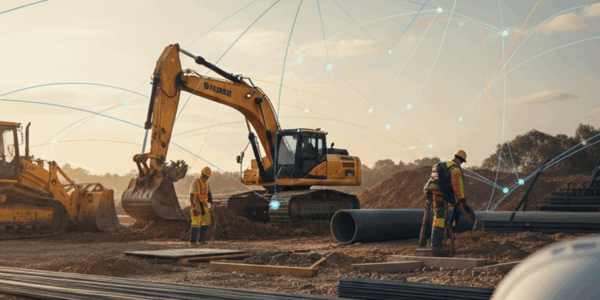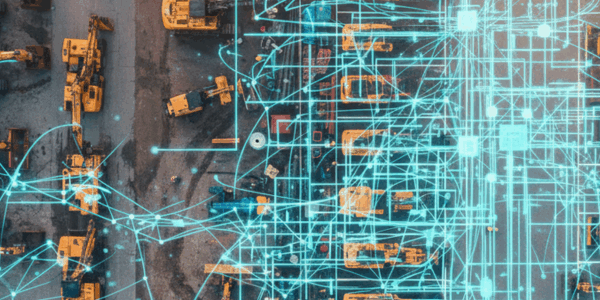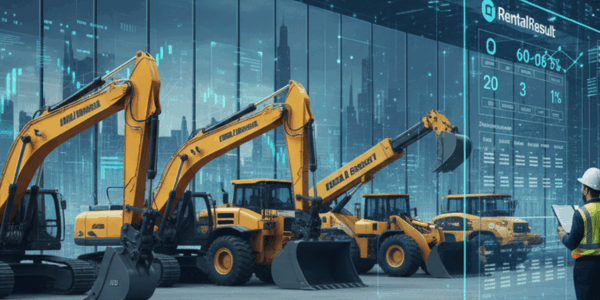
Whether you’re in construction or the equipment rental industry there is one growth area that seems set to demand attention over the next few years – Drones and New Technology.
The Federal Aviation Administration (FAA) believes that drones for commercial use will increase by at least 10x over the next 5 years to a minimum of 440,000 units according to the March 21st Aerospace forecast, as many as 1.6million by 2021. Construction, industrial and utility companies are associated with 26% of that potential drone fleet. This opens up a number of opportunities both for companies supplying drones and drone pilots (or pilot training) and for rental companies looking for new niche products to provide for their construction clients. It also offers a potential market risk for the equipment rental industry as a whole.
There are already major construction companies working with drones on large scattered job sites to provide their teams on the ground with accurate information about what is happening in every corner of the job site. Companies are experimenting with utilizing drones for aerial imagery (a massive saving against the cost of employing helicopters or other light aircraft) and monitoring for trespassers using the same type of technology as home security cameras.
Potentially the biggest benefit comes from using drones as part of a general safety strategy across the job site. For example, you might use a drone imagery to remotely inspect elevated assets such as water or cell towers or bridges. Meaning that rather than renting in an access platform or using workers to scale the asset, they can stay safely on the ground and man a drone instead. Most industrial accidents are the result of slips, trips, and falls, when these happen at the height the risk of fatality is huge. Drones reduce the need for at least some of the activities that currently need to happen at height.
Drones can also be used to monitor for environmental hazards: leaks of dirty water during oil site construction, for example, are much easier to spot from aerial footage than on the ground meaning rental companies providing pumps, or serving the oil and gas industry may well find that offering drones as a specialist addition may be popular. Equally, in areas where the landscape is heavily scarred such as in landfills or on major excavation projects, drones fitted with camera’s reduce the need for site managers to navigate difficult terrain, and reduce the potential interaction with heavy machinery and other hazards.
The potential risk of drones to the equipment industry is huge. As a simple example, Michigan State Department of Transport is looking at traditional bridge inspections in comparison to using drone based inspections. “MDOT estimates that a standard bridge deck inspection takes eight hours, a crew of four people and heavy equipment; costing at an estimated $4,600. The same inspection with a drone takes two people, just two hours at an estimated cost of $250*.”
For every place a drone is used, there is a corresponding reduction in the need for heavy equipment, access platforms and the other tools the equipment rental market has traditionally supplied.
Whether you decide to incorporate drones into your fleet or leave that to other suppliers, the drone revolution will have an affect on your rental business, how that will play out we’ll see over the coming years.
* Source: Smartrail World: How US State DOTs are using drones to improve safety, collect data and cut costs
Written by: Helen Sowerby, Director of Business Development




